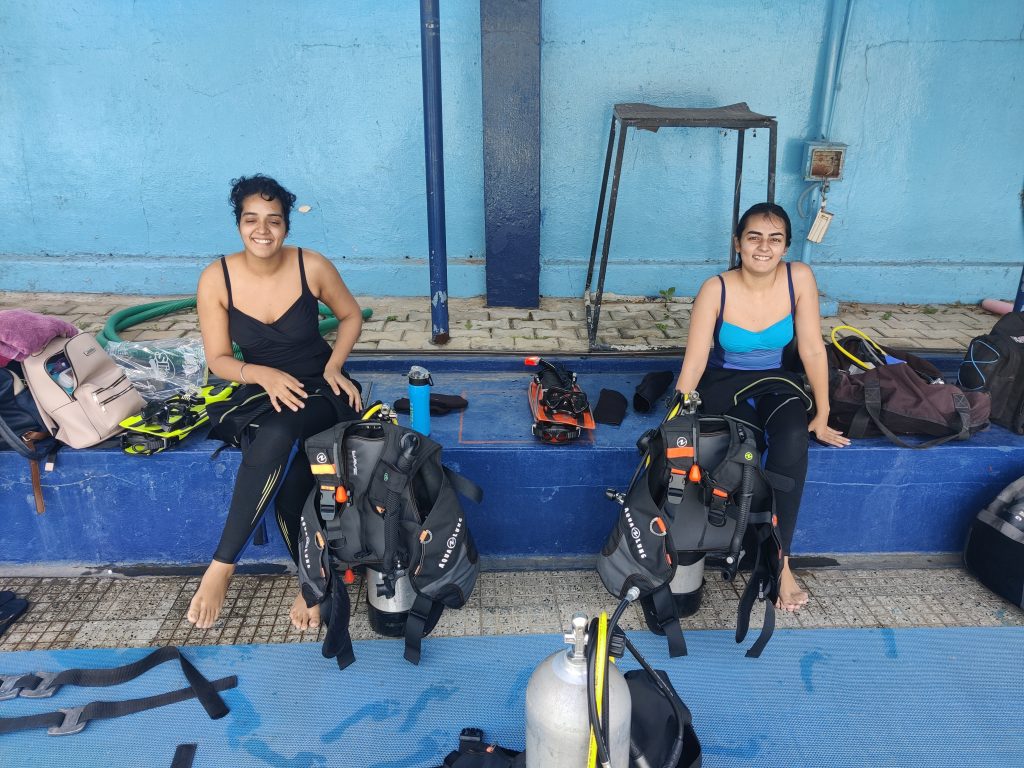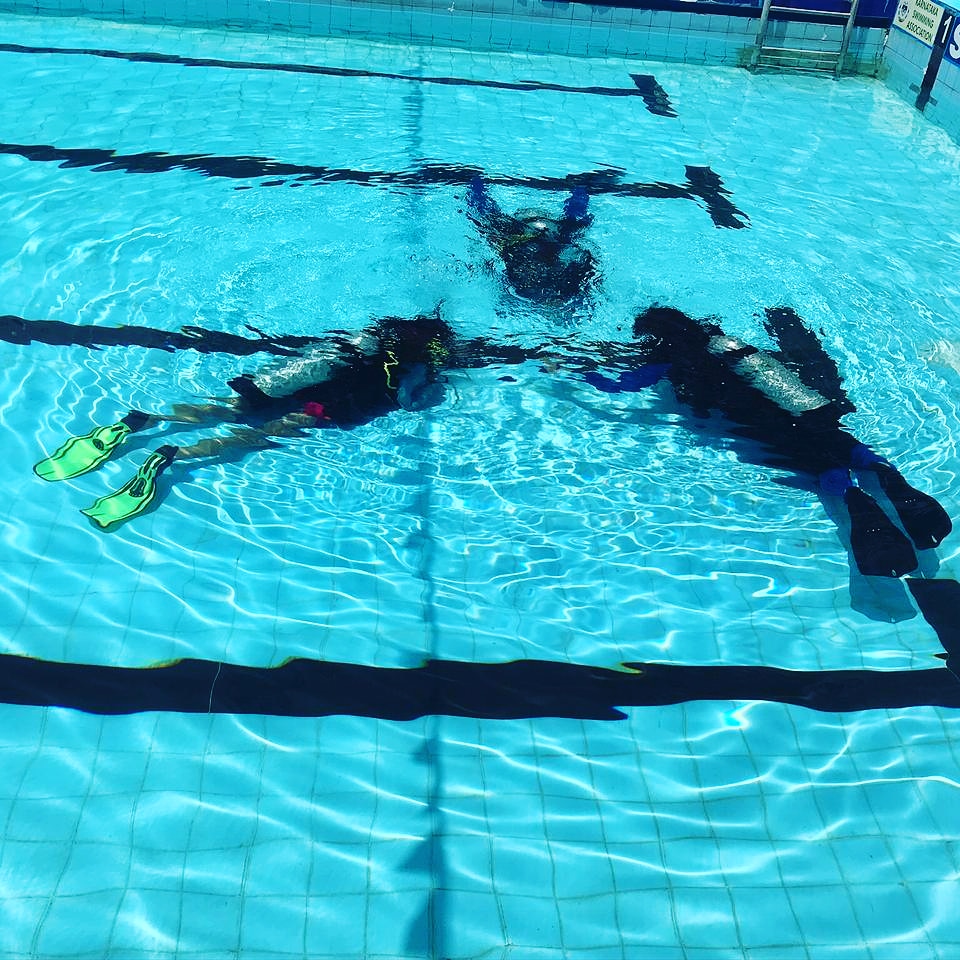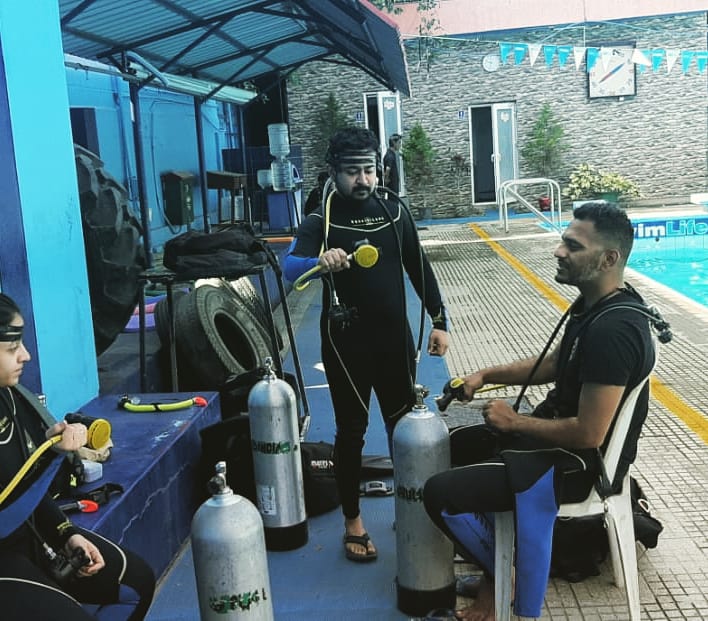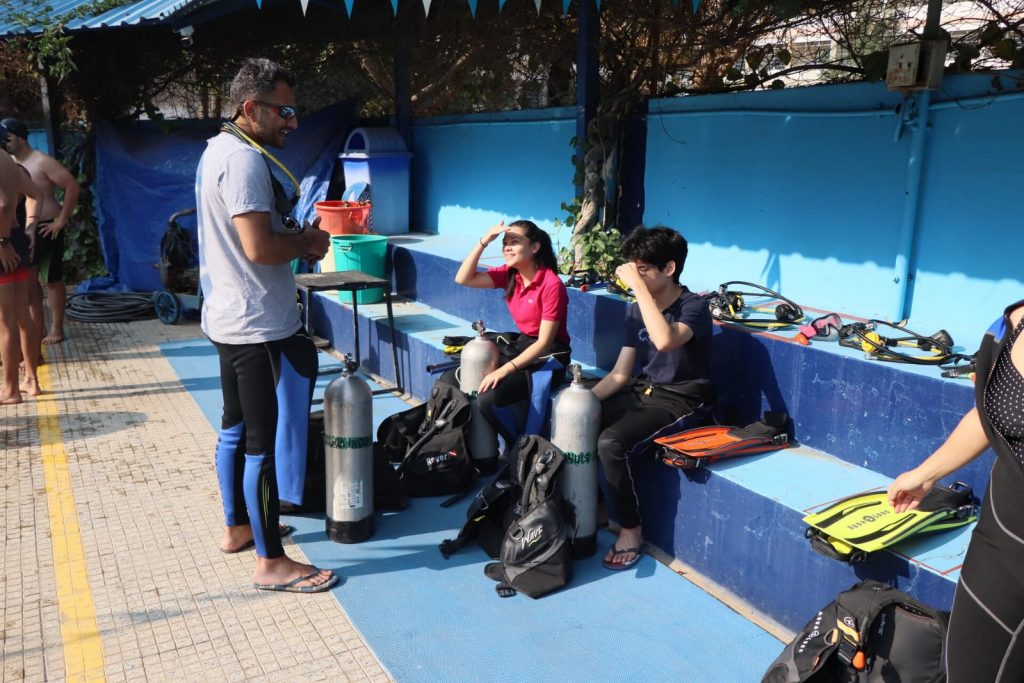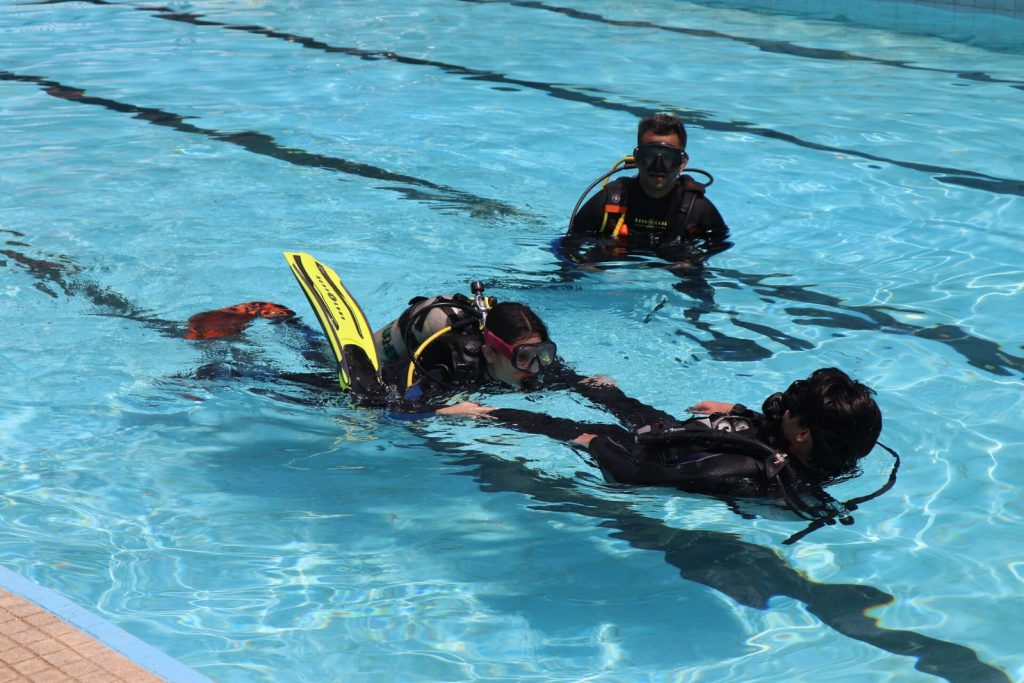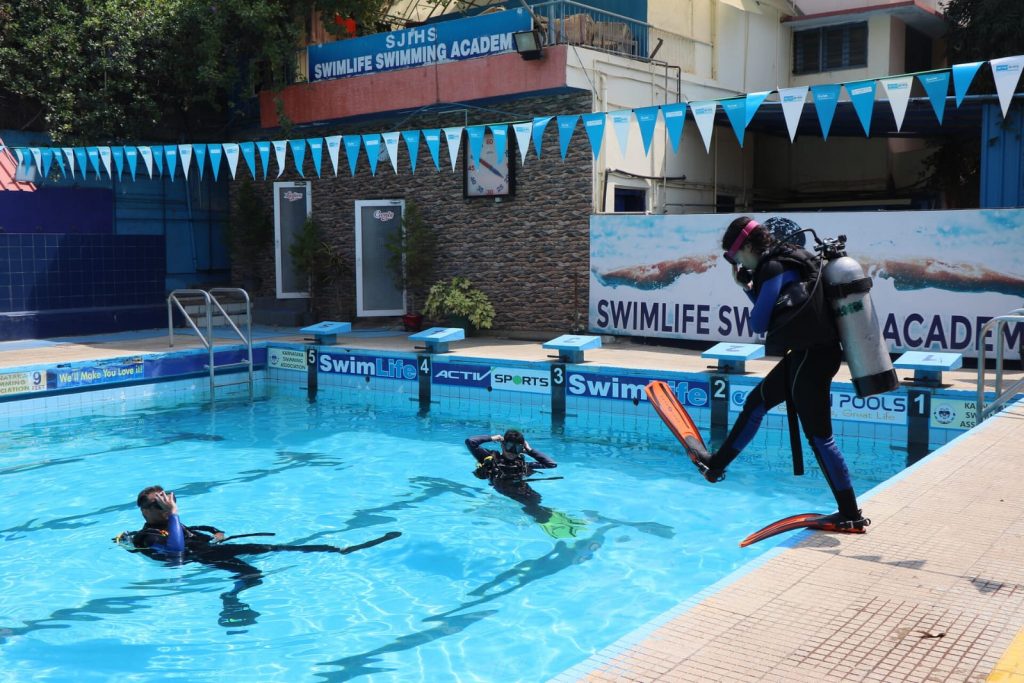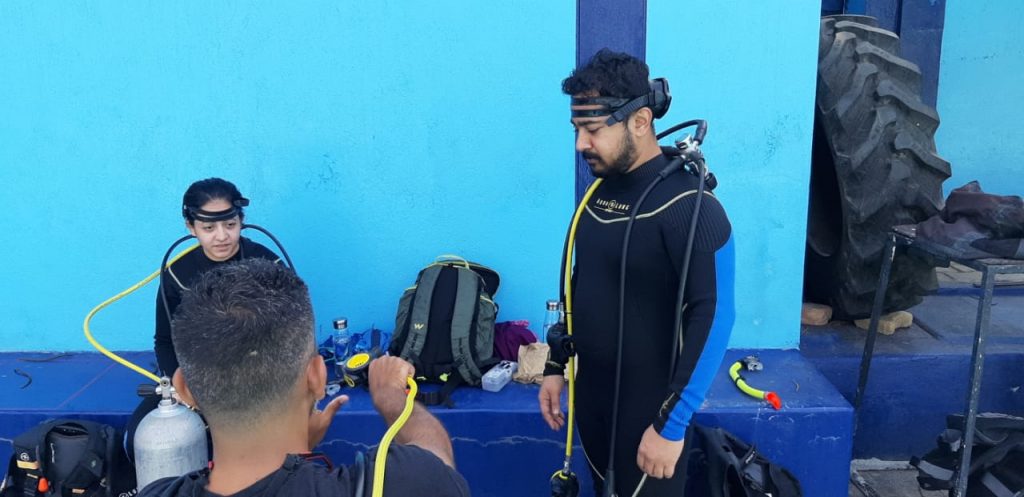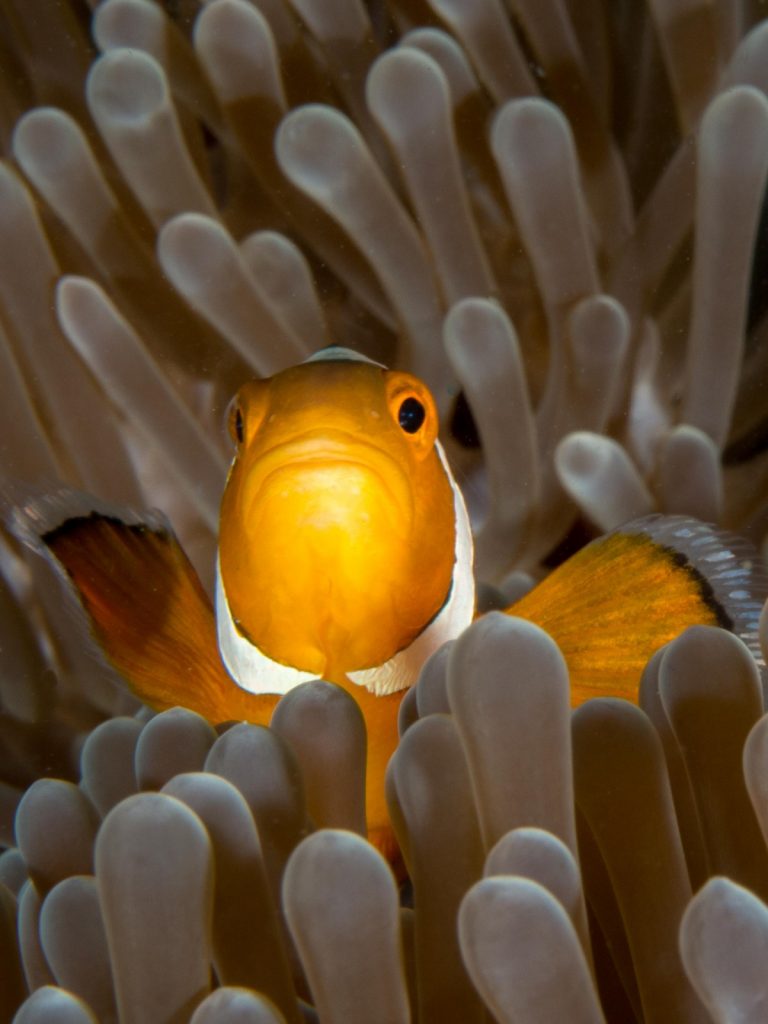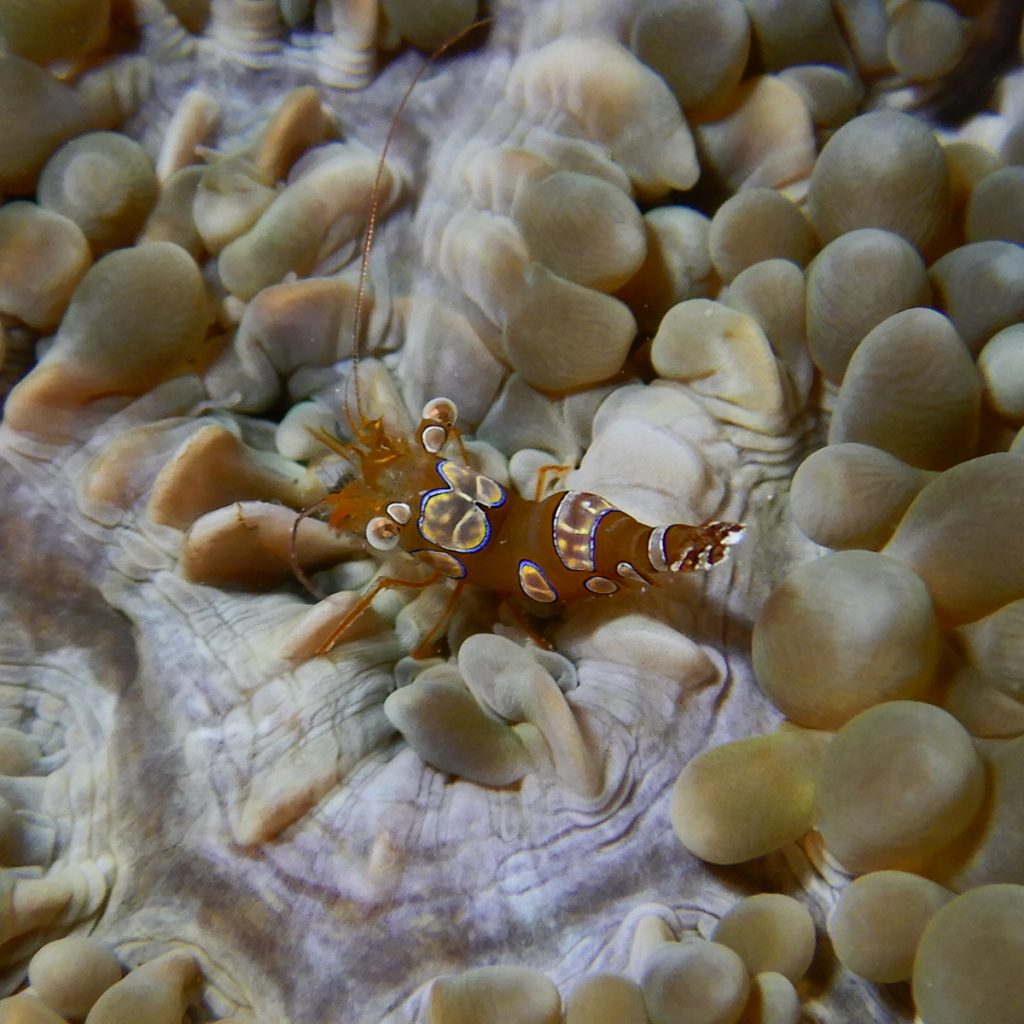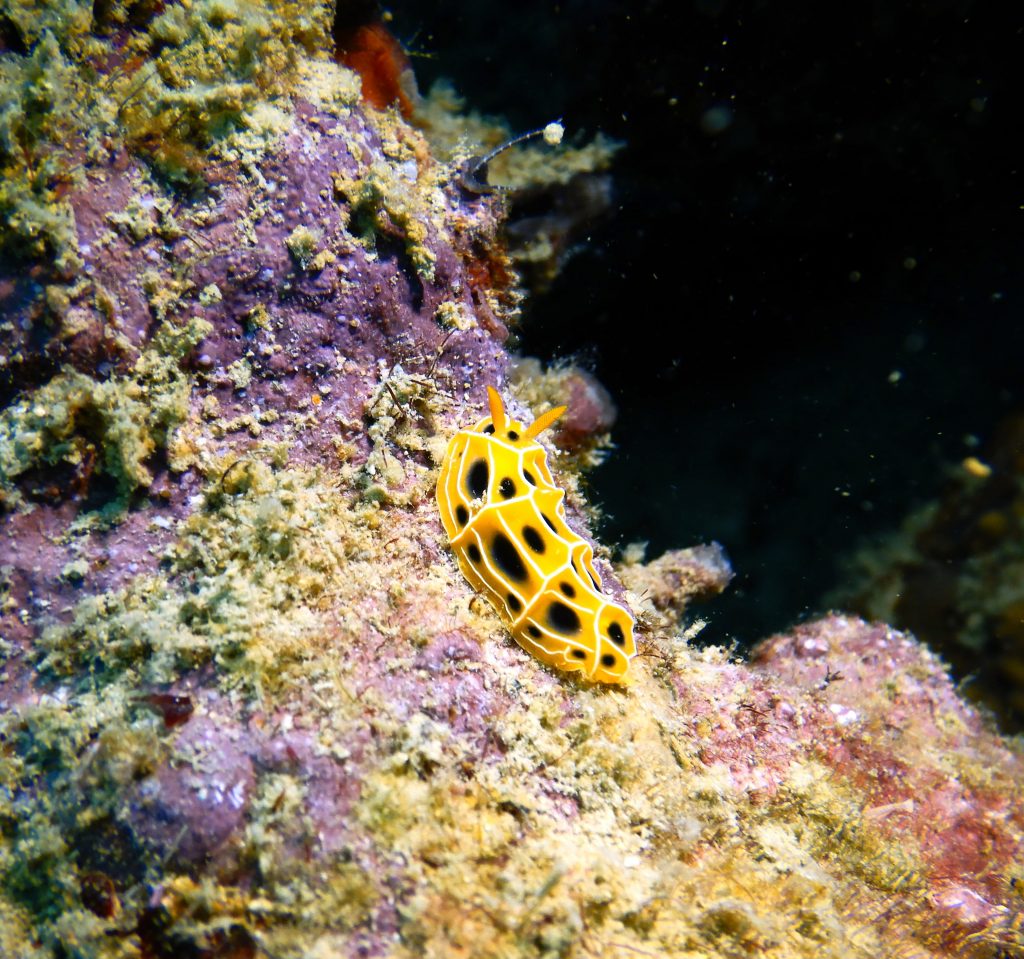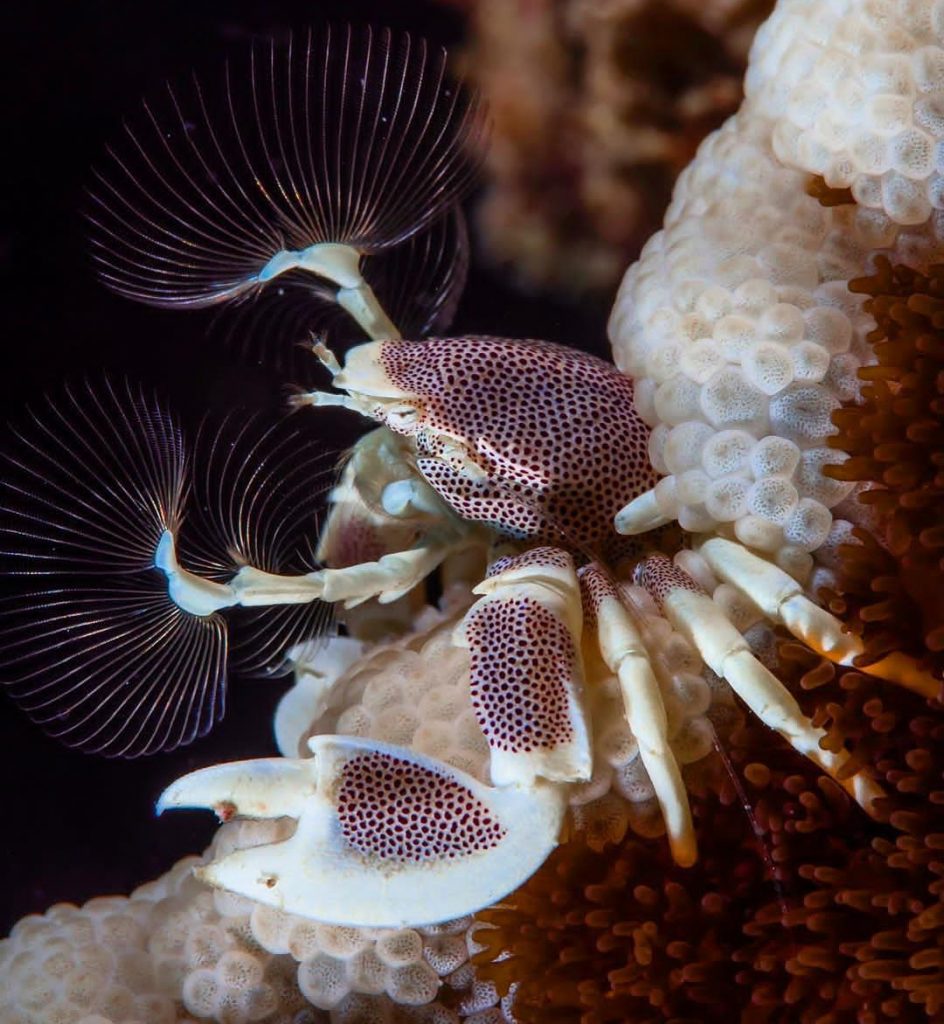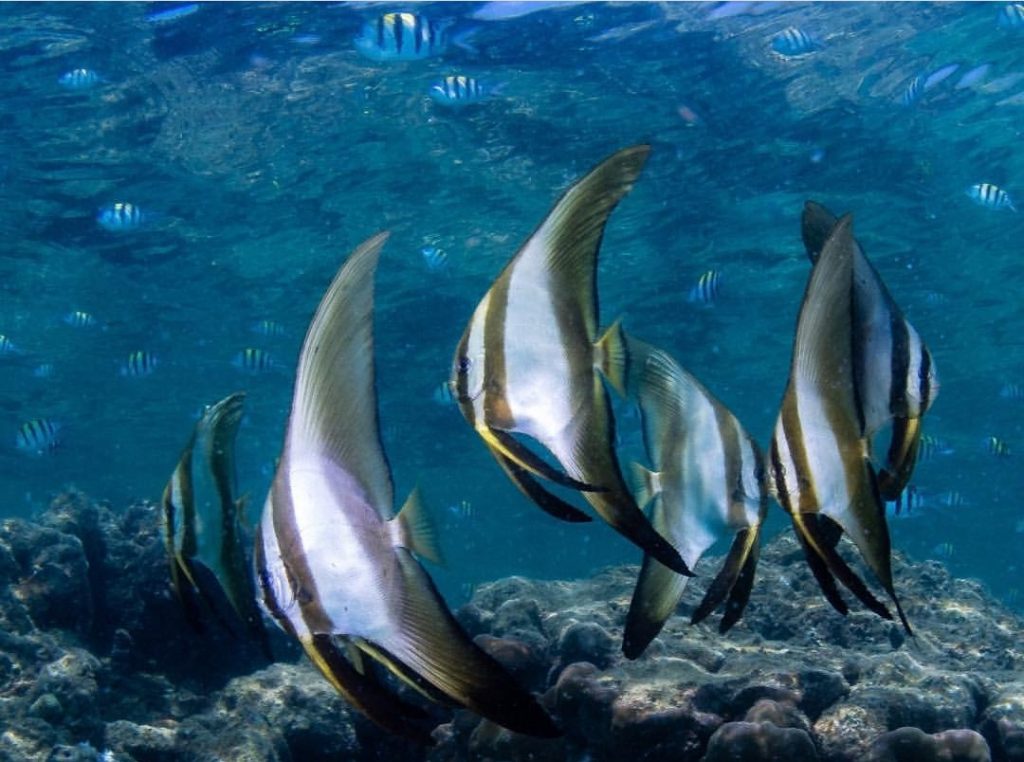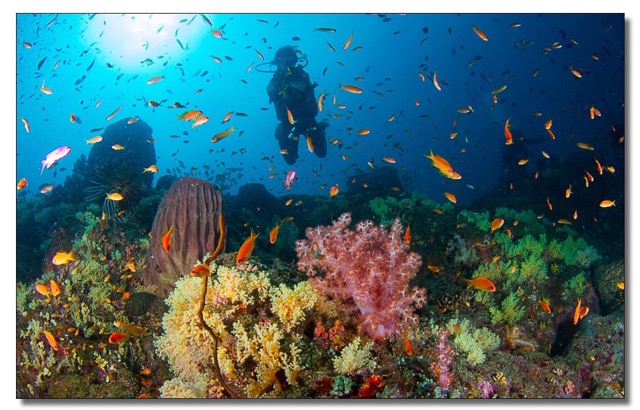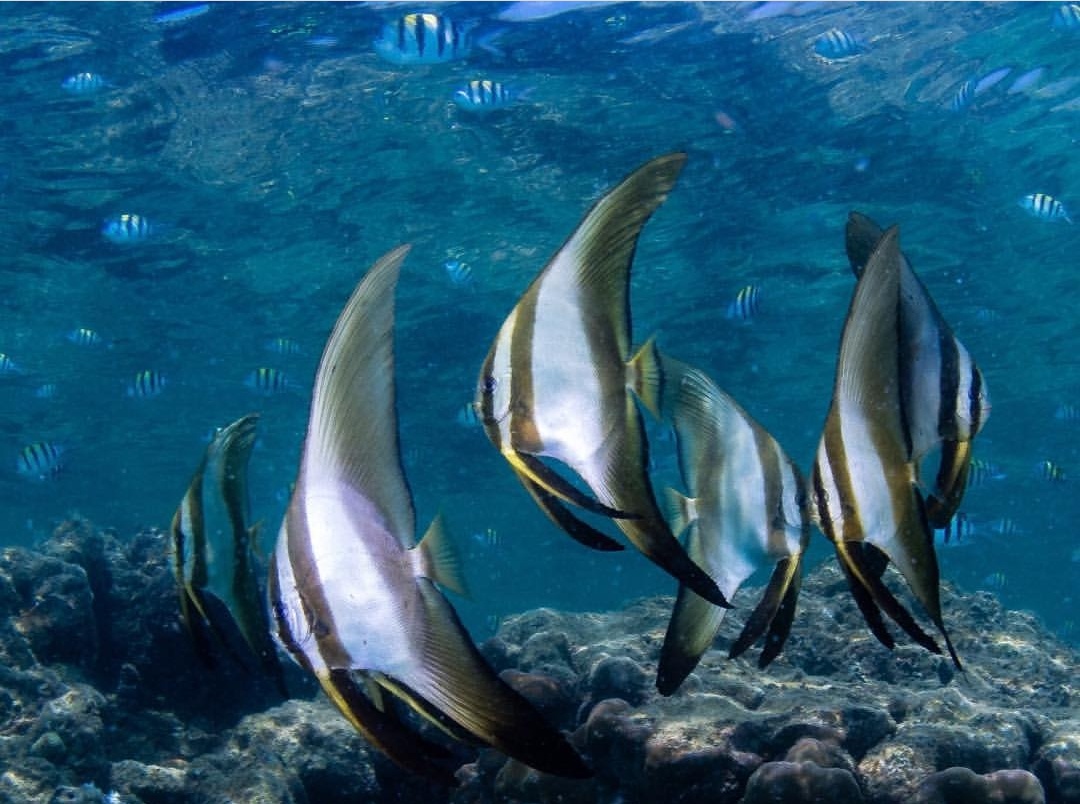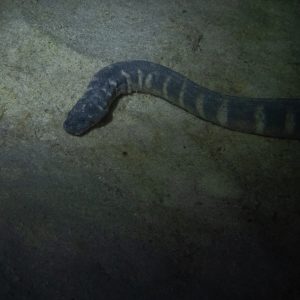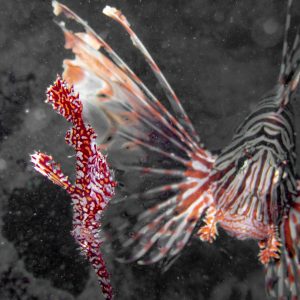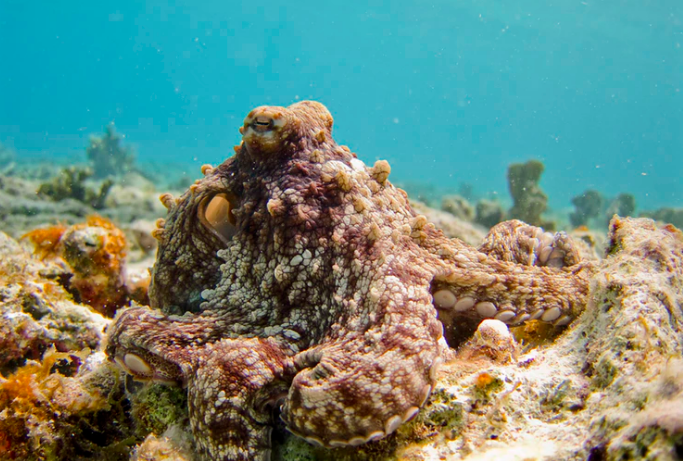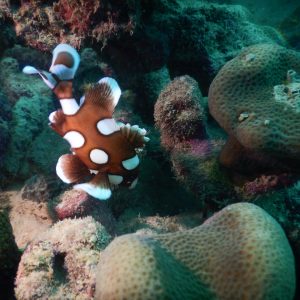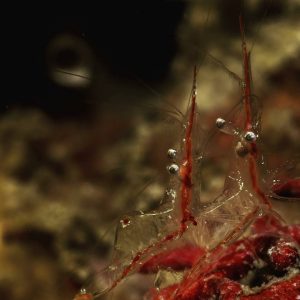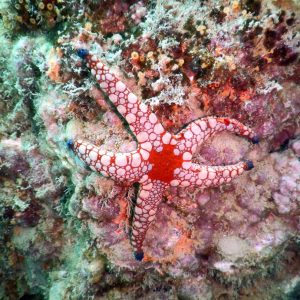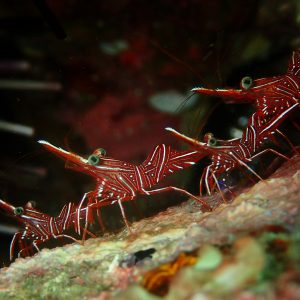Learn Scuba Diving in Bengaluru (Pool Training)
One of the most common questions we get is – “why would we dive in Bangalore? What is there to see?”
The answer to the second question, of course, is nothing. But the answer to the first is, quite simply, because it is a great way to get started with the sport.
Typically, people associate diving with going on holiday, diving in colorful reefs amidst large schools of fish, etc. And yes, that is indeed correct – that is why we dive, after all. But before you get to diving on reefs, you have to complete some theory (online learning and sessions with an instructor) and also some skills training (aka, confined water training).
Yes, you can choose to do it all while on vacation – a lot of people do just that. You can also choose to complete this training in one of our @Home centers, such as Bangalore. What are the benefits of doing so?
Here is a list:
– You don’t waste your precious vacation time in training, but can use this time to get some additional dives in – so you maximize your diving/leisure time while on holiday
– You can learn at your own pace, without the time pressure of a holiday
– You can even use this time to decide if diving is the sport for you (fair warning – for most people, the answer is “yes”).
Even if you are not planning to get certified, but just want to do an Intro to Scuba, doing a pool session first gets you comfortable with scuba diving in a familiar environment, and you are more likely to enjoy your diving experience, as opposed to going diving straight away.
And pool training is not just for beginners.
Perhaps you are a newly certified diver who wants to get more comfortable with some skills, or you want to familiarize yourself with new equipment. Or perhaps it simply has been some time since you dived last and you want a refresher? Again, why waste one of your precious holiday days with refreshers, when you can do that at your convenience at home?
Lastly, want to try out some new gear? We regularly have tester kit available to try – you are welcome to try new masks, fins, BCD, etc in a pool and get familiar with it, before buying.
Pool sessions are a great way to stay involved in the sport and make it a sport that you engage in all the time, and not just once or twice a year on vacation!
Here are a few of our happy customers and their journey from the Bangalore Pool to a remote diving destinations




